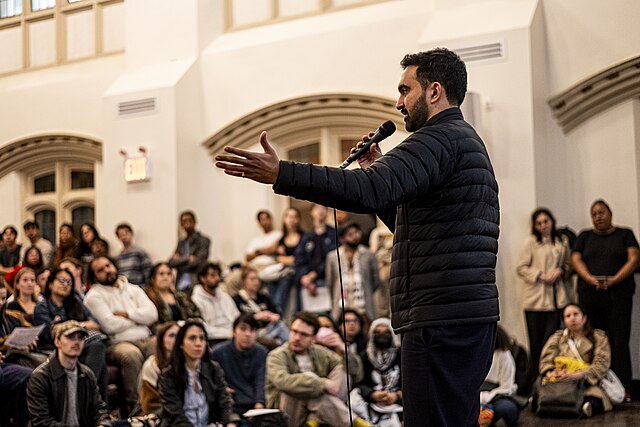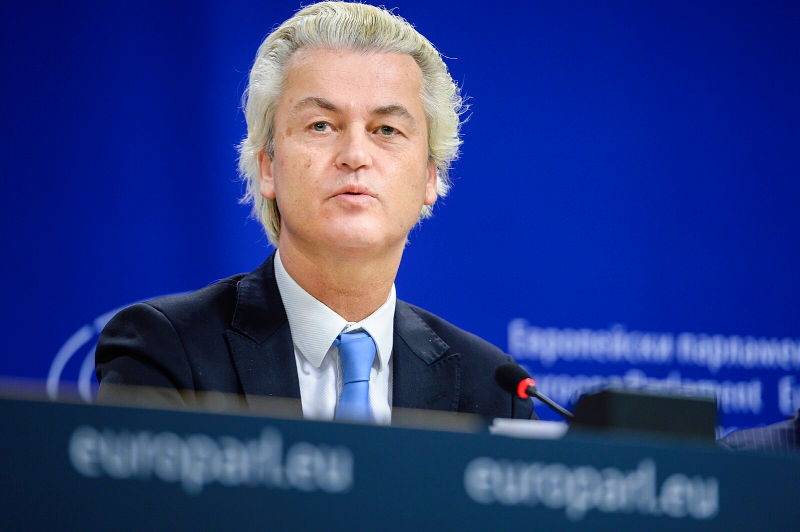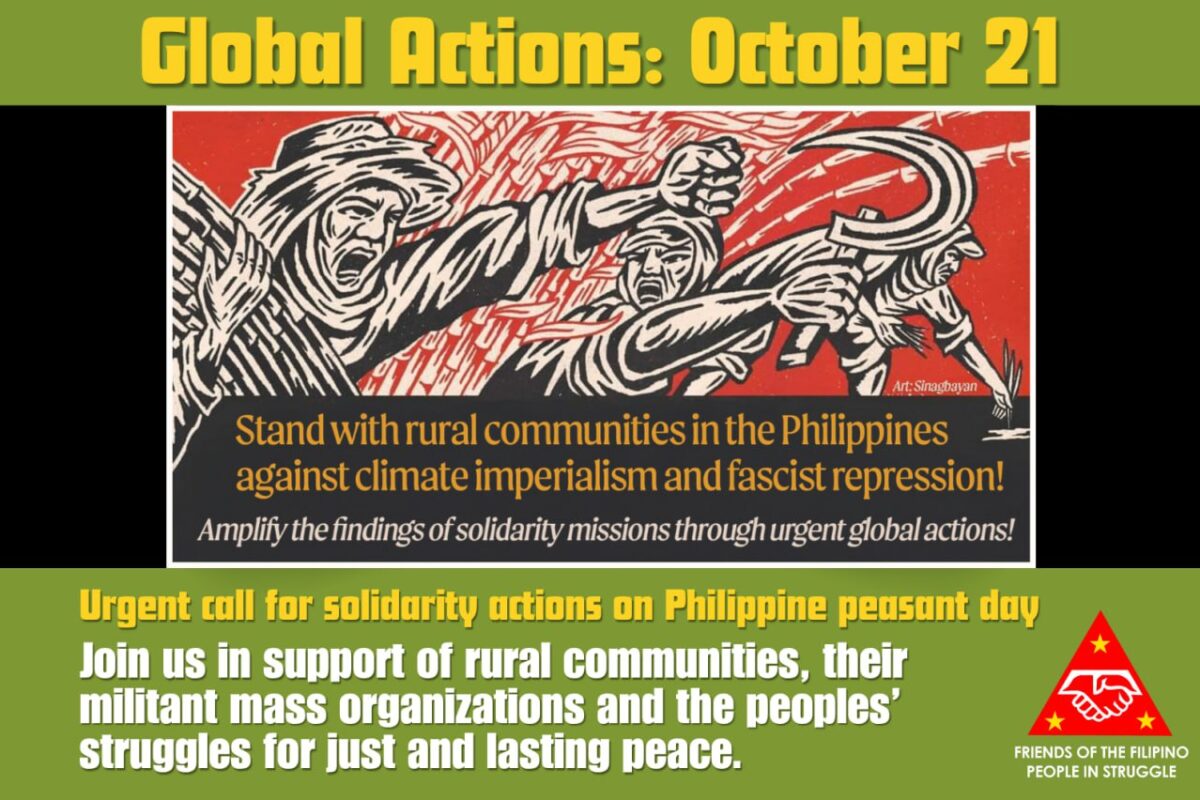New York has elected its first socialist mayor in decades. This opens the field of possibility for the left on both sides of the Atlantic but requires serious analytical attention to context and potential difficulties.
1) Although Zohran Mamdani is not a traditional “Democrat.” One peculiarity of the American political system is that it allows smaller parties and even independent candidates to run on existing party lists. Mamdani, a member of the Democratic Socialists of America, did just that: he won the Democratic Party primaries, managing—against the will of the party apparatus—to become the Democratic candidate for mayor of New York.
This is no small victory. It proves that left-wing programs based on the classic precepts of social democracy still have a strong base of popular support.
2) The Mamdani campaign mobilized thousands of volunteers. There were no million-dollar donations, nor was the campaign built in the upper-middle-class centers of New York.
Already a member of the municipal assembly for Queens, Mamdani managed to mobilize and be present in the city’s poorest and most excluded areas. Notably, Brooklyn and Queens saw the highest turnout, including neighborhoods that only a year ago had voted strongly for Donald Trump.
This is no accident. The campaign’s message was clear: tax great wealth; improve and make the city’s bus network free; freeze rents for apartments under the “stabilised income” act (a measure covering more than two million residents); create a network of public supermarkets providing essential goods at controlled prices; and establish public, free nurseries for all children.
This was a campaign that spoke about essentials—expanding rights, fighting inflationary pressure, and restoring access to the basics: bread, housing, education, and mobility. The campaign’s spirit of mass participation and its enormous grassroots energy were not mere details or tactics; they tapped into a deep desire for participatory, democratic politics. It gave people a chance to act collectively and believe again in the possibility of changing the world.
Mamdani’s campaign invited people to fight and organize together in a way the ruling Democratic Party cannot—and will not—do. Yet as the weight of the militarized federal government bears down on a city built by immigrant labor, far more organization and strategy will be required.
3) Organizational strength is no minor issue. New York has suffered from low, declining federal funding since the financial crisis of the 1970s—a situation that has never been reversed. The city is financed partly through municipal taxation, partly through the state budget (New York City is distinct from New York State, whose capital is Albany), and partly through the market, issuing public debt bonds.
One of the biggest challenges for Mamdani’s program is how to manage a deeply indebted city while implementing social measures. Even within a social-democratic framework, it will be necessary to control capital flight, secure investment, and negotiate with Albany—all under a proto-fascist federal government.
The difficulties will be immense. Only organized class struggle can sustain such an ambitious program in this context. This will also be the measure by which we assess its successes and failures.
4) Many politicians and commentators, including progressives, remain trapped in a mental model that places voters on a linear left-to-right spectrum. According to this model, if voters move right—as they appeared to do in 2024—then parties and programmes must also shift right.
In the United States, Democrats have long embraced this logic: to defeat Trump, they argue, it’s too risky to try anything new. Mamdani’s victory proves that this model doesn’t work.
When a candidate and program genuinely engage people in political debate, voters don’t flock to the “center”—whatever that means. They aren’t looking for watered-down, “common-sense” alternatives to progressive politics. New Yorkers were tired of a status quo that no longer works and were searching for something genuinely new.
5) The Palestinian question was also crucial in this campaign. Both the DSA and Mamdani himself have organized pro-Palestine protests since 7 October. During the campaign, Mamdani resisted pressure to compromise and continued to describe the Israeli government’s actions as genocide. He still won roughly a third of the Jewish vote.
6) Every victory of the left also brings new challenges: the greater the responsibility, the higher the risks, and the more powerful the enemies. Much will depend on whether this electoral mobilization can grow roots, expand, and organize. Mamdani’s victory offers, at the very least, a renewed opportunity to fight together—and to rethink and rebuild the left’s base in the United States.




